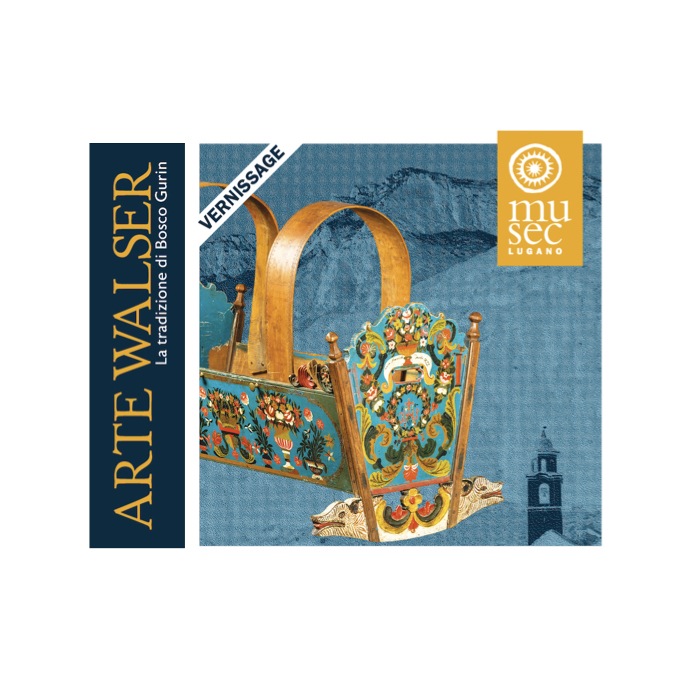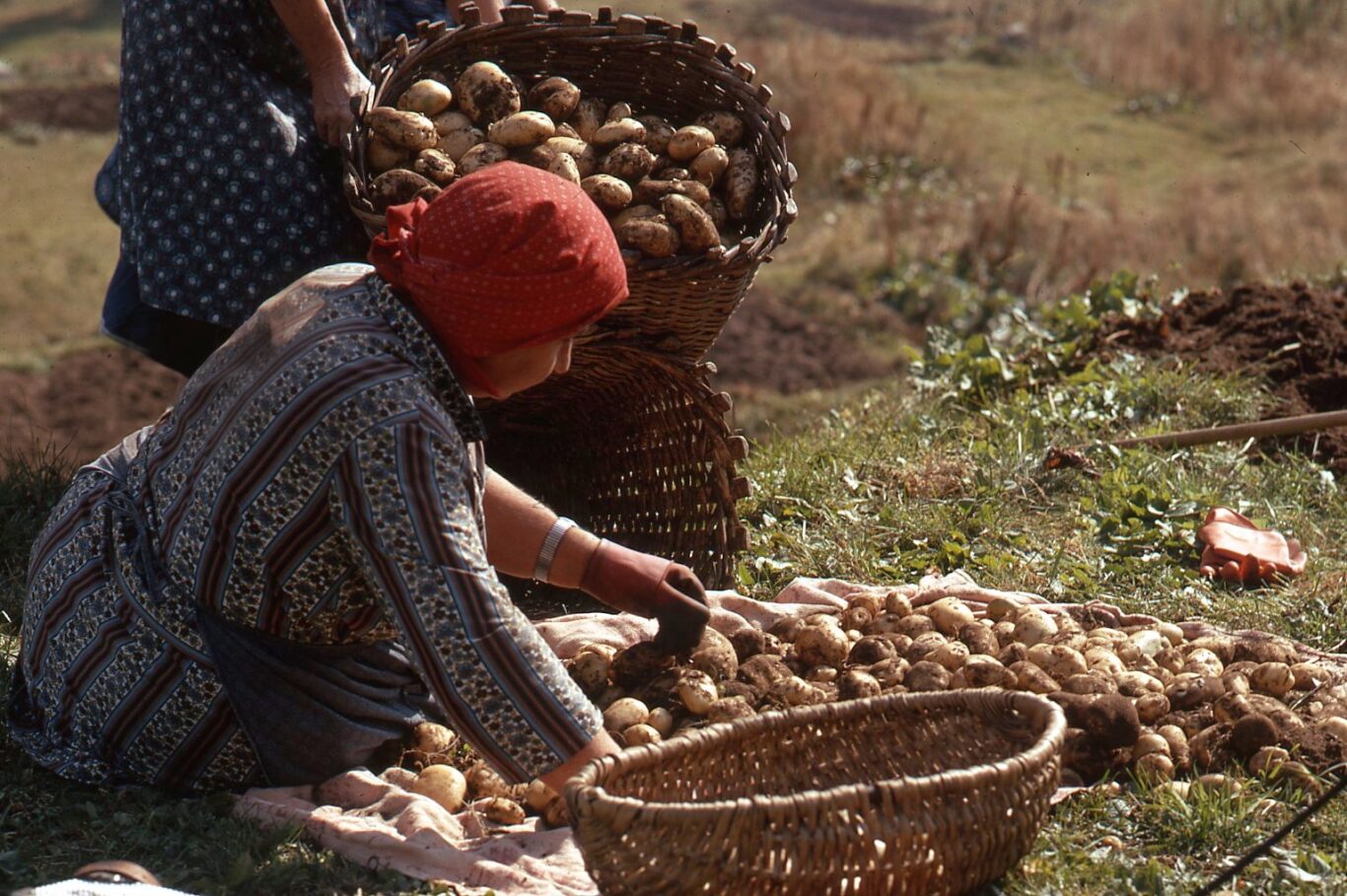

Benvenuti al Museo Walserhaus Gurin

The Museum of Bosco Gurin
The Museum Walserhaus run by the association of the same name is situated in Bosco Gurin, the highest village of Ticino (1506 m s.l.m.) inhabited all year long. Its origins date back to the beginning of the 13th century, when a group of settlers from the nearby Formazza Valley settled in this then very inhospitable territory. Remaining isolated for many centuries, the village has maintained not only its original architectural features that distinguish it from other mountain villages in Ticino, but also its German dialect, making it a German-speaking linguistic island within the Canton.

Attualità e Eventi a Bosco Gurin

ARTE WALSER.
La tradizione di Bosco Gurin
Mostra temporanea al MUSEC – Museo delle Culture di Lugano
Vernissage: mercoledì 5 novembre 2025, ore 18:30
Esposizione: 6 novembre 2025 – 1° marzo 2026

Ggurijnar Niwwana
Domenica 18 maggio 2025: Inaugurazione del progetto Ggurijnar Niwwana nell’ambito della Giornata internazionale dei Musei

Novità: Programma manifestazioni 2025
Un anno ricco di eventi per scoprire e valorizzare Bosco Gurin e la cultura Walser.

Esperienze Walser – Offerta 2025
Esperienze Walser a Bosco Gurin: Molte attività per conoscere la comunità locale e la cultura Walser.

The Walser Colony of Bosco Gurin




The colonies of the Walser people
Between the 8th and the 9th centuries, settlers belonging to the Alemanni people from the north settled in the area of today’s Upper Valais (Goms). From here, between the 13th and the 14th centuries, this people called Walser (a name derived from Walliser, the Valais people) established numerous colonies in the neighbouring alpine valleys and on the southern slope of Monte Rosa, later also moving eastwards and reaching the more distant territories of today’s western Austria and Liechtenstein.
Today, the Walser communities in the entire Alpine region maintain close links with each other by promoting their culture through a wide variety of projects, also on an international level within the IVfW (International Association for Walser Culture).


The Language of Bosco Gurin

The Ggurijnartitsch German in Gurin
An integral part of the Walser culture is their vernacular belonging to the High Alemannic language group that the settlers brought with them in their migrations. While remaining more or less isolated from their surroundings and thus retaining linguistic elements from the Old High German and Middle High German period that have disappeared in other German-speaking dialects, the various Walser vernaculars have also been influenced by the dominant neighbouring language and developed various innovations. This is also the case for Ggurijnartitsch, which developed unique voices and expressions and accepted and “germanised” certain elements of the Ticino dialect.
Listen to the Walser German of Bosco Gurin.

